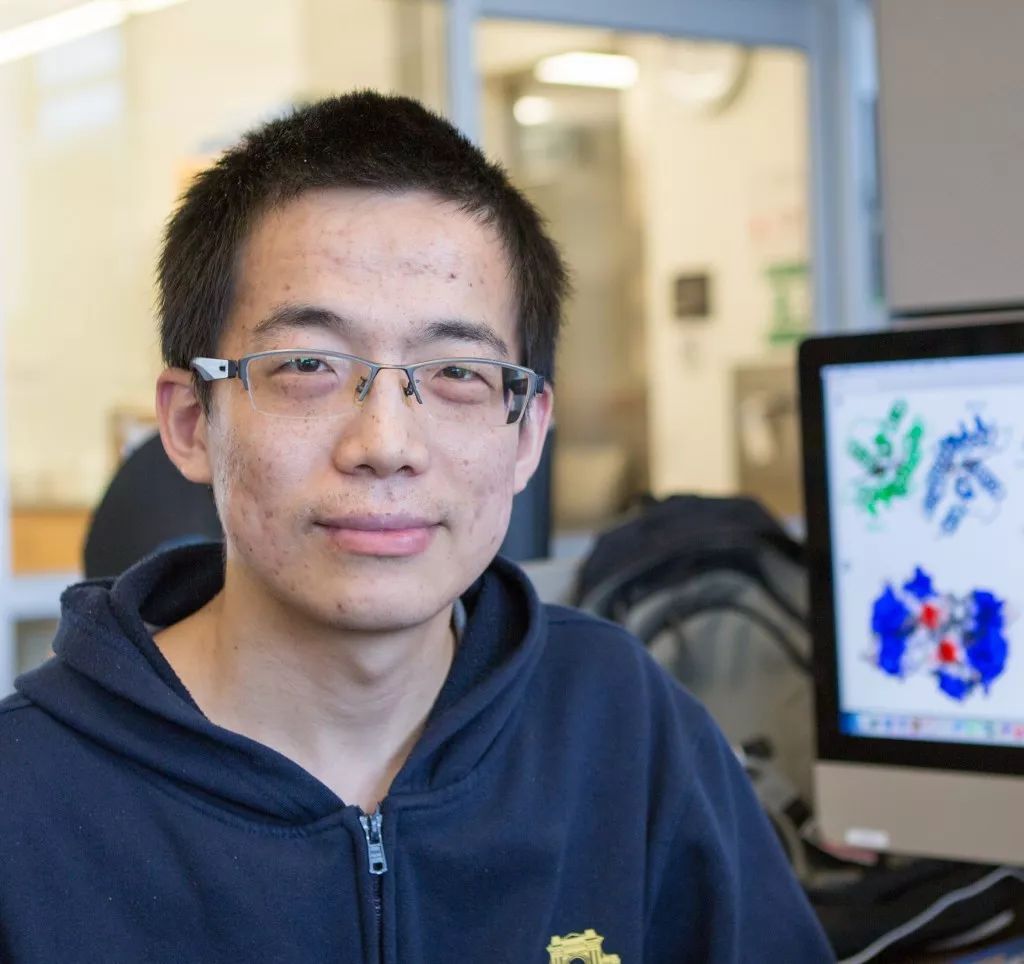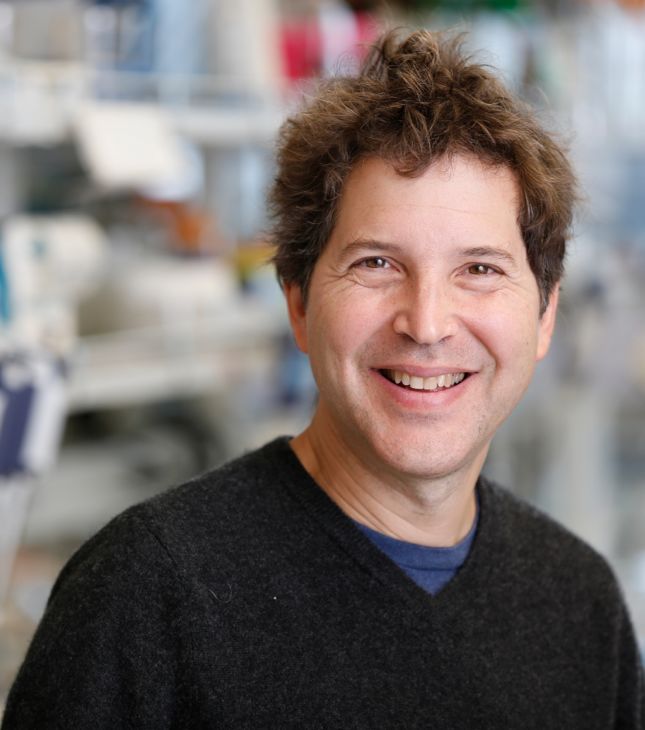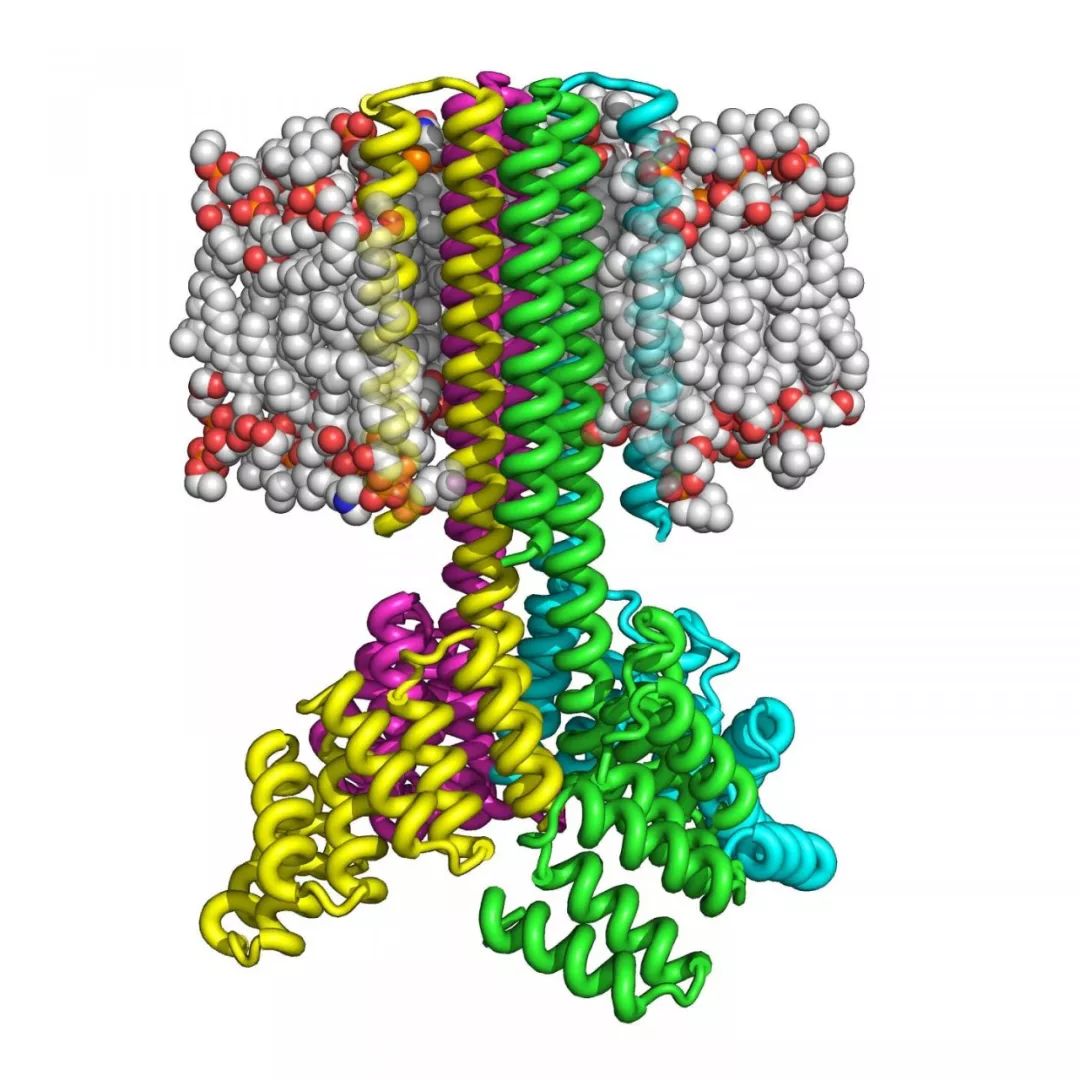Release date: 2018-03-02
Today, a well-known academic journal Science has published a heavyweight study. Under the leadership of Professor David Baker, the master of protein design, Dr. Lu Peilong and his colleagues successfully used computer programs to design a correct folding in cells. Transmembrane proteins have made a major breakthrough in this field.

â–² Dr. Lu Peilong, the first author of this study (Source: Professor David Baker's laboratory website)
Although it is known early that the primary structure of a protein determines its three-dimensional structure, it is still an achievement in recent years to design a completely new protein by amino acid sequence and predict its three-dimensional structure. Fortunately, as people's understanding of protein folding mechanism deepens and computing power continues to increase, we have been able to design soluble proteins with higher accuracy, and the actual protein structure is very similar to prediction. . But for transmembrane proteins, artificial design is still an insurmountable obstacle.
The reason is that the root cause is also the amino acid, the basic component of protein. The surface of the water-soluble protein is a hydrophilic amino acid with polarity, and the inner core is a hydrophobic amino acid having no polarity. Such a structure is relatively stable and is easily predicted by a computer.
However, transmembrane proteins are not the same thing at all. Due to the non-polar environment between the cell membrane lipid bilayers, in order to stably fix on the cell membrane, the transmembrane region of the protein must place the hydrophobic amino acid on the surface, while the polar hydrophilic amino acid is placed in the middle of the protein structure. Such a structure is very complicated and requires stabilization of hydrophilic amino acids by various bonds. There is a slight difference between the actual structure and the design.

â–²Professor David Baker, the author of this study (Source: Professor David Baker's laboratory website)
To solve this problem, Dr. Lu Peilong and his colleagues applied a program called Rosetta developed by the team of Professor Baker, which can effectively predict the structure of proteins. In this application, the researchers asked the program to match polar hydrophilic amino acids and minimize overall energy. In theory, such a protein structure is the most stable.
“Putting these deep hydrogen bonds in the core is like playing a jigsaw puzzle,†Professor Baker said.
Despite the hard work, the results are gratifying! Using this method, the researchers have successfully designed a variety of transmembrane proteins. They are accurately positioned on the membrane in bacteria and mammalian cells. Even better, the researchers showed that even proteins with multiple transmembrane regions can be accurately designed using such methods; these transmembrane proteins can even further form dimers, trimers, and even four. Polymer!

â–² Artificially designed transmembrane protein complex in this study (Source: University of Washington Institute for Protein Design)
"Our results show that we can now accurately design complex and multi-transmembrane proteins and allow these proteins to be accurately expressed in cells. This allows researchers to design transmembrane proteins with new structures and novel functions." Dr. Lu Peilong said.
"Our results paved the way for the design of multiple transmembrane proteins. These proteins can mimic proteins in nature as well as completely new structures, functions, and uses," commented Professor Baker.
Transmembrane proteins play an important role in the normal function of cells and are also targets for many drugs. If this technology can be widely used, it is expected to enter a new world and treat diseases by artificially designing novel proteins that are not found in nature.
Reference materials:
[1] Accurate computational design of multipass transmembrane proteins
[2] Scientists create complex transmembrane proteins from scratch
Source: Academic Jingwei
Tetanus Shot,Tetanus Vaccine,Hepatitis B Injection,Hep B Vaccine
FOSHAN PHARMA CO., LTD. , https://www.foshanpharma.com